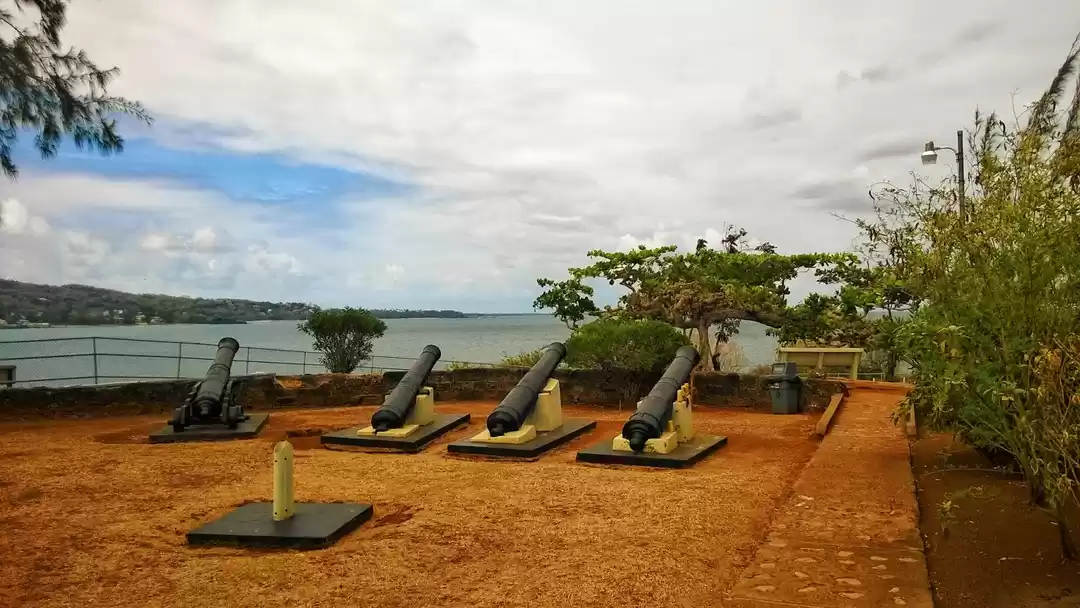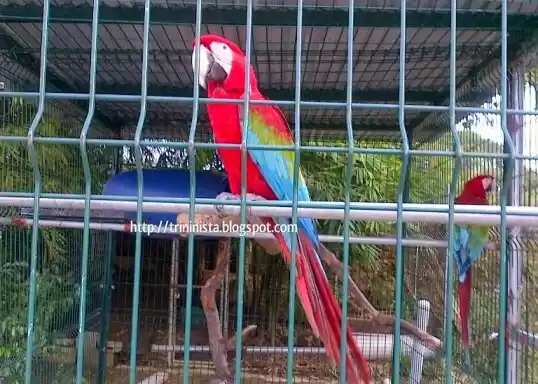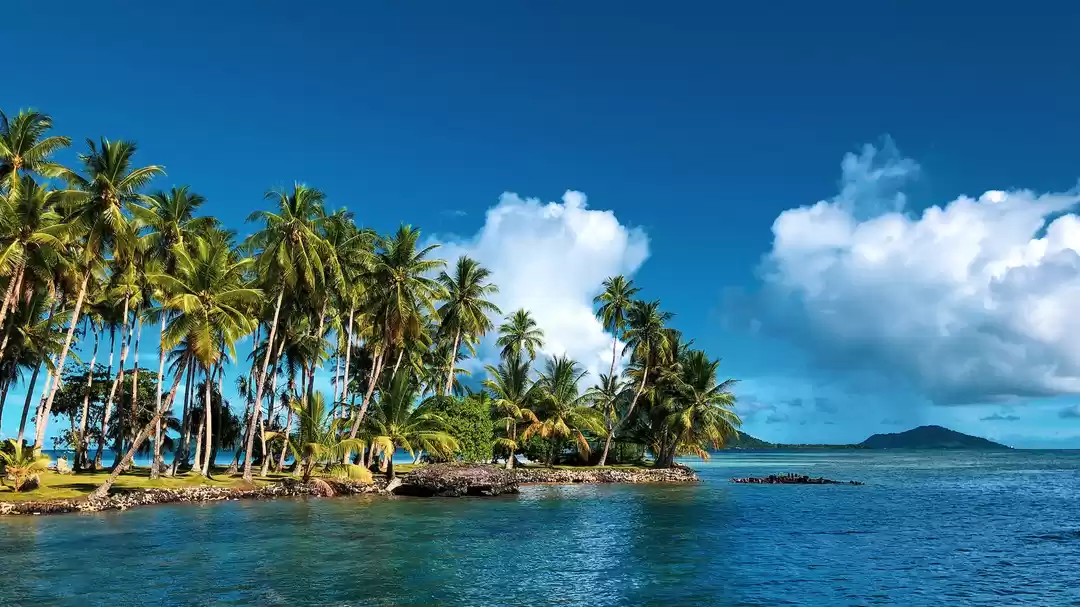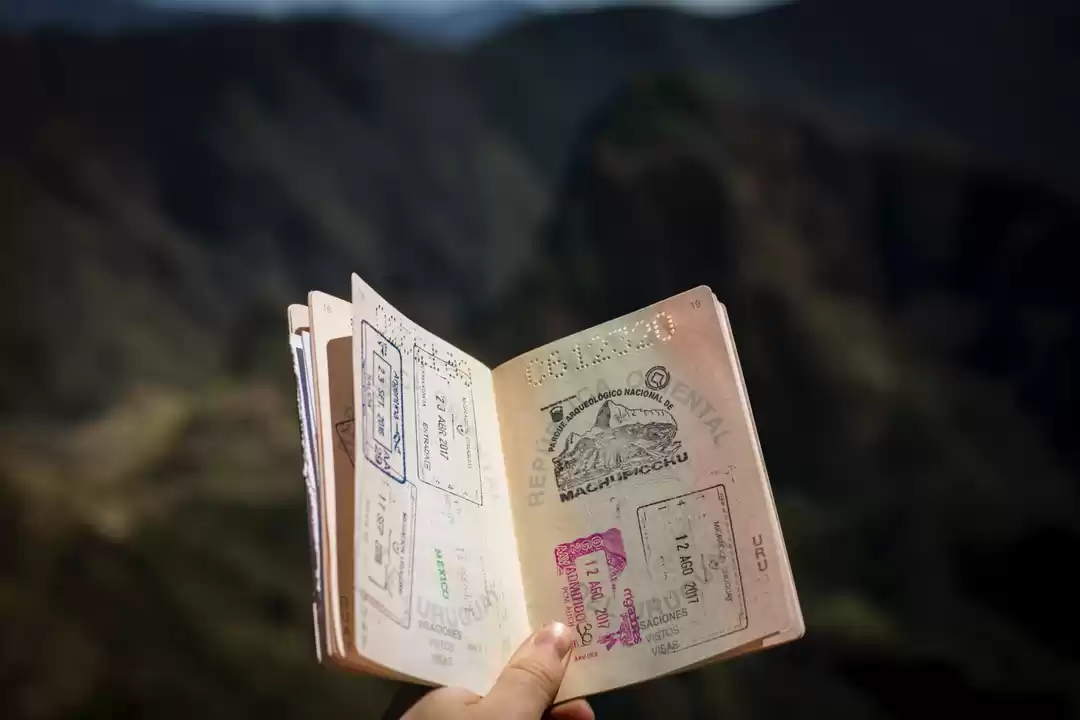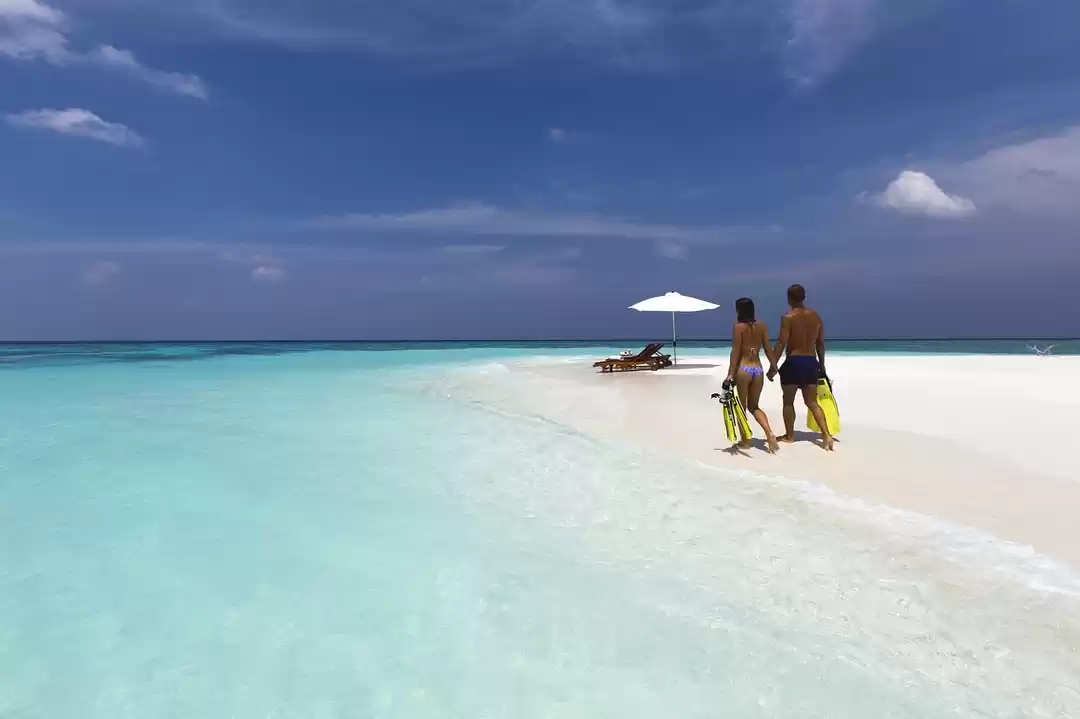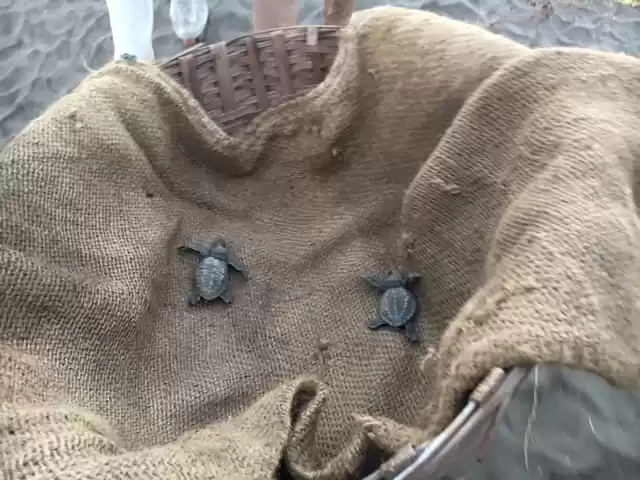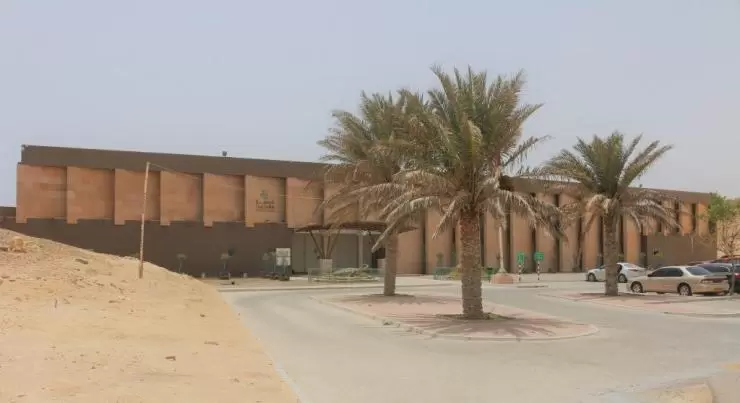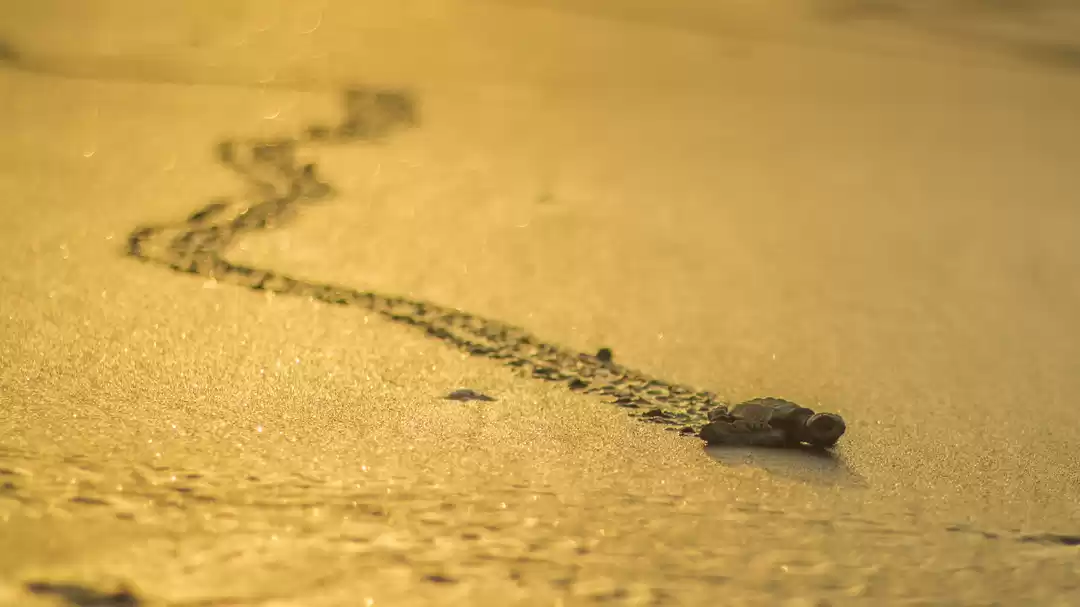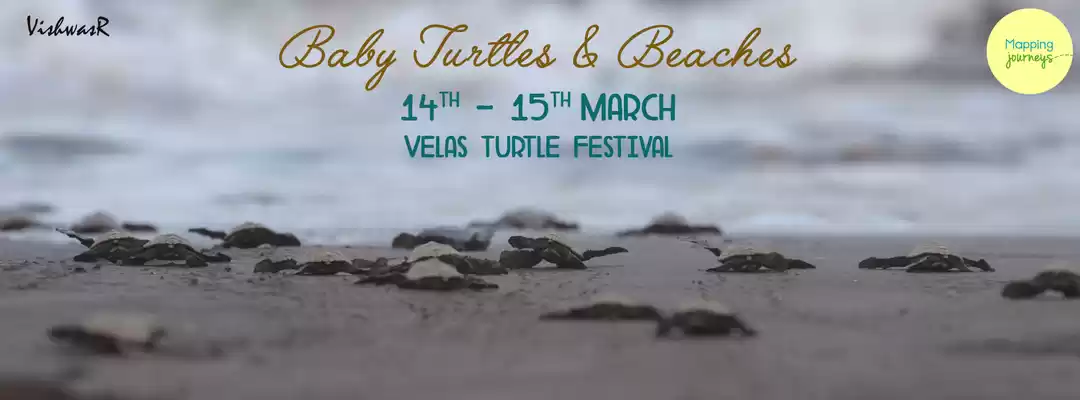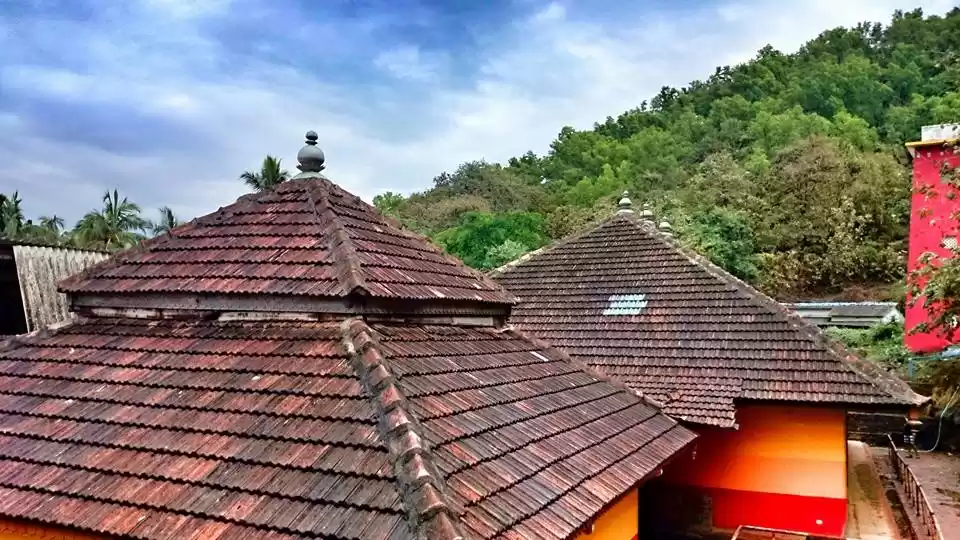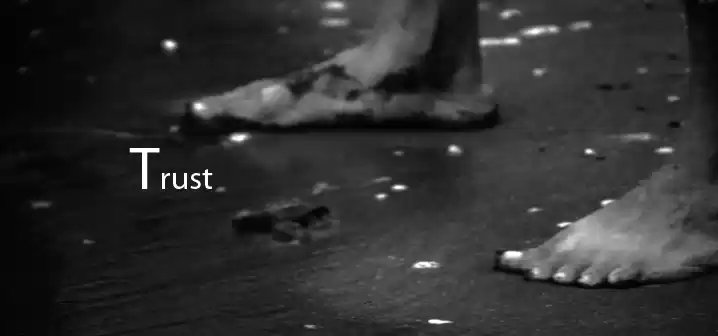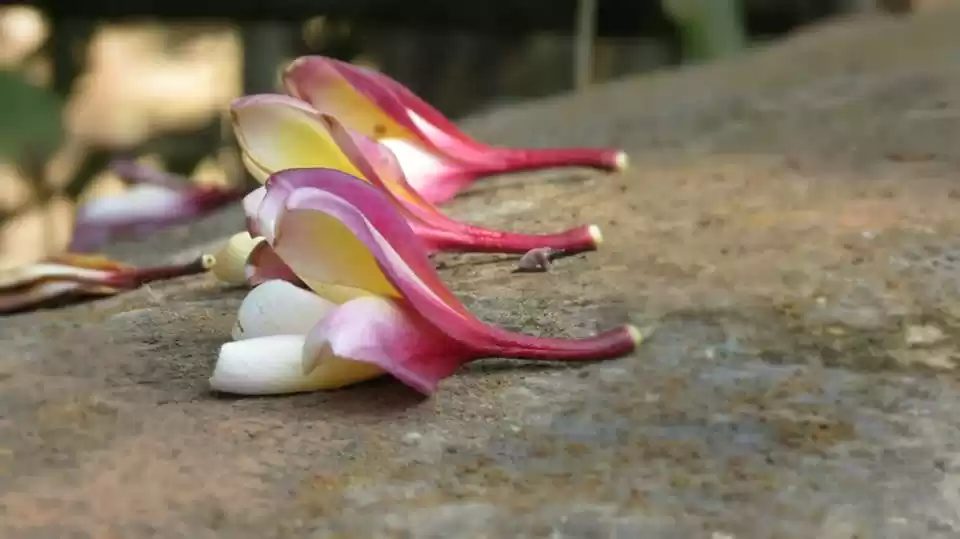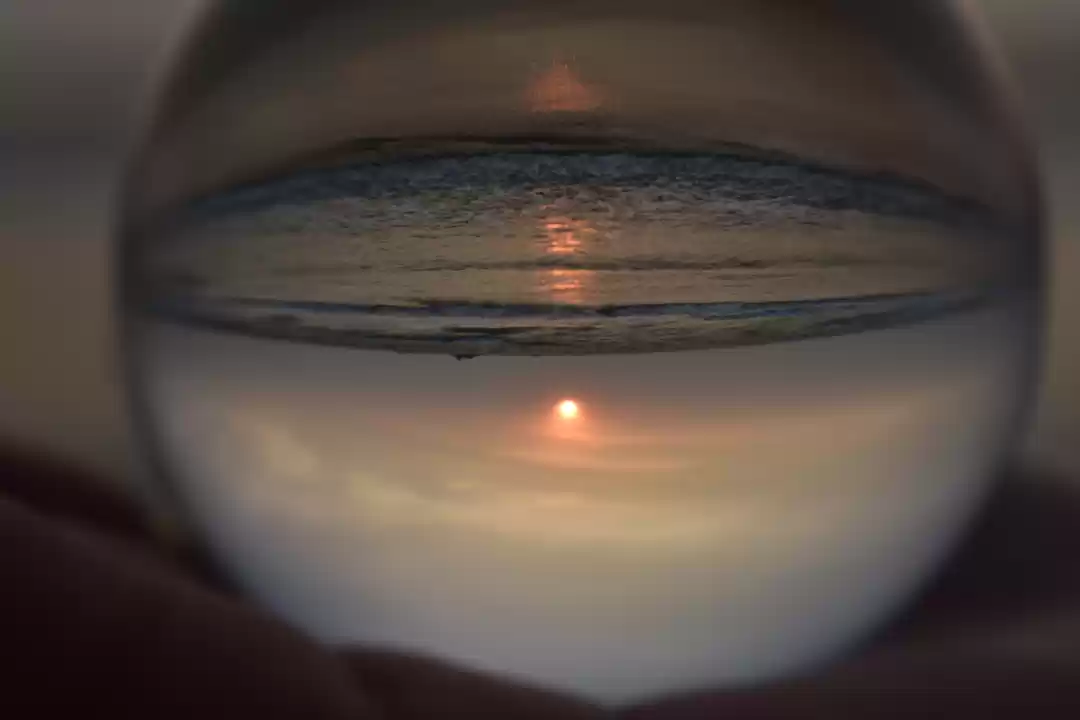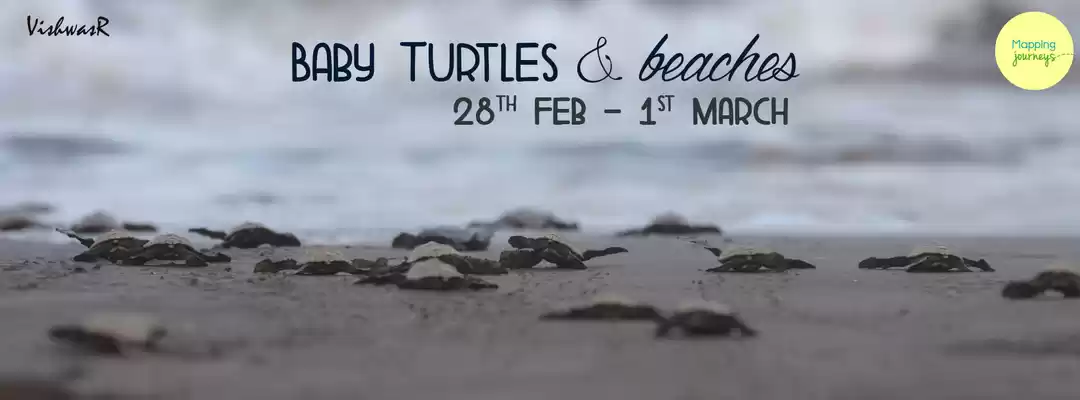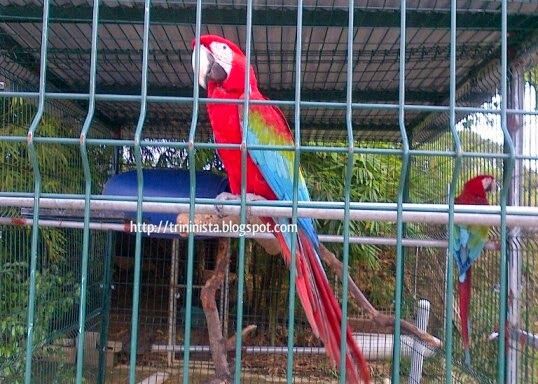
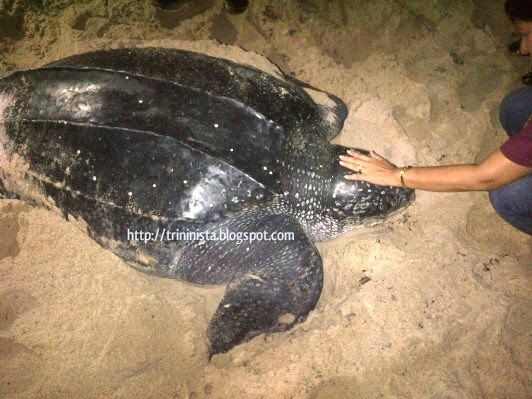
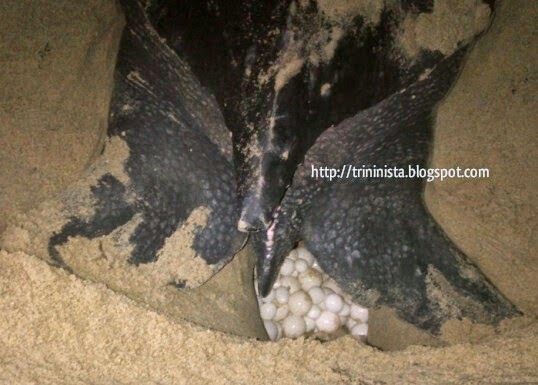
So a few weeks ago, we went turtle watching. This is something I have done now, quite a few times, but sometimes I just cannot escape doing it. Trinidad and Tobago is a significant nesting destination for marine turtles, particularly the leatherback turtle, and hundreds of people visit my little country just to experience this natural phenomenon. If you have never been turtle watching, I must say, it is quite an experience. There is something very sobering and beautiful about the way the leatherback comes ashore to nest.
This time around we journeyed to Matura, which is one of the important turtle communities on the North East coast of Trinidad, and home community of the Nature Seekers group. We first stopped off at the Valencia Visitor Centre for a few minutes, and there you can check out some of the wildlife, like these beauties.
At Matura, we had a quick bite, after which we made our way down to the beach at about 7.30pm. Everyone had been told to dress in dark clothing, and the only illumination comes from the moon, so as to not disturb any turtles which may already be on the beach, or scare off any turtles coming ashore. Our guide had already gone ahead to ensure no turtles were in our path, and we headed down the stretch of beach, in the direction where he said a lot of turtles seem to come up.
We did not have to wait very long, as before you could blink, a leatherback emerged from the surf and slowly began making her way ashore. If you have never seen a leatherback, they are massive – they can weigh up to 2000 pounds – so you have to excuse her lack of speed. She first does some exploratory work to see whether the temperature of the sand is to her liking. The temperature of the sand determines the sex of the hatchlings, so the cooler sand near the surf would mean male hatchlings and the warmer sands further up the beach – female hatchlings, or as our guide simplified, “Cool guys, hot chicks”. If she is happy, she will begin digging a hole in which to nest. If not, she goes back into the water and resurface at another spot until she finds an area in which to nest.
Your guide would give you the details during the entire process, but after she digs her nest, then it’s time to lay her eggs, and she can lay anywhere between 60-80 eggs. It is only during this time we were able to touch her, and use flash photography, which is prohibited during the rest of the event. After she lays her eggs, she begins refilling the nest, after which she will also disturb the area around the nest, in an attempt to hide the presence of her nest from predators. It’s really something to see.


